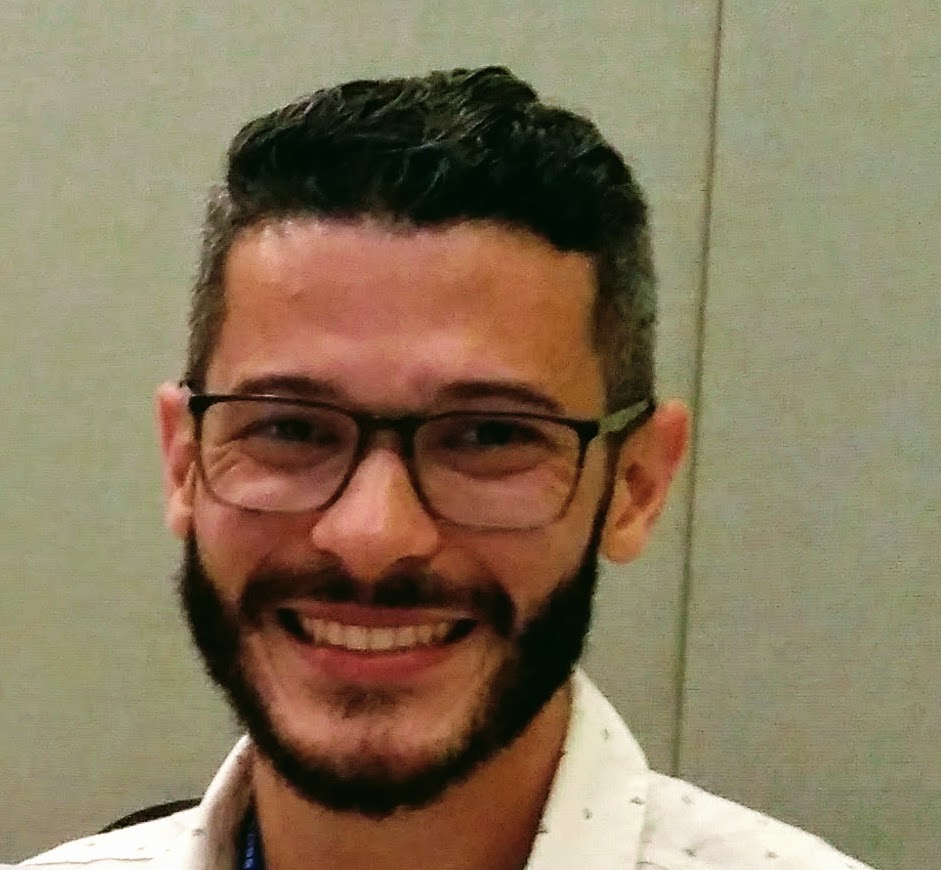A lot from a little V
Continuing my series on less is more. Today, and in the following posts, we will look at how much can be discovered about spoken language from watching a monologue of a mere 200 words. In this case, the monologue is given by Dani, a proficient non-native speaker of English from Barcelona.
Before reading the rest of the post, 1) Watch this video of Dani’s anecdote
then 2) Download a Word document of the monologue from dani transcript.
Alternatively, download them both from my website: https://www.bengoldstein.es/blog/2011/07/13/building-the-speaking-skill/
Regardless of the content of Dani’s speech (we’ll come on to that in a future post) I think a number of different points can be made about the effectiveness of his message. He is clearly able to make his point very well, but how does he do this? We can answer this by both analysing the language and the strategies that he employs.
With regards the language he has at his disposal, the first thing we can notice is that the sophistication of Dani’s delivery does not come from the command of particular lexical items (most of these are B1+ and below) but rather the use of collocations and chunks (e.g. reach a point, the real answer, again and again, etc.) Notice that the link words are all very basic: so, and and but, as are the deictic devices (here / there / now/ then) – this is in interesting as we often insist our learners use more complex synonyms. We can also see that the present tense is preferred to the past which again adds immediacy and directness to his words.
There is more to say, however, about the strategies Dani employs. First of all, notice how he begins the anecdote “Right now, I’ve been learning English for… what 15 years?” – the use of the present perfect clearly frames the narrative in a quite dramatic way to get the listener’s attention. The listener is also referred to throughout as the impersonal you – again to make us identify with the speaker’s position. The use of direct quotations (rather than reported speech) also makes the experience described more real and immediate as do the quotations and examples (“it’s like that task…”)
However, the strategy that stands out the most is Dani’s ability to be emphatic. He does this through intonation (e.g. the real answer, because I’m not) and repetition. Notice how he repeats the word “when” to build up various subordinate clauses that form the last part of the speech “the only moment I enjoy in class is when…”), forming a clear conclusion to his monologue.
Finally, Dani is clearly able to think on his feet – a very important skill when developing fluency. Notice how he stops and repairs what he has just said on a number of occasions (“it becomes… it ends up being…”) and uses vague language (“more or less”, etc.) to give himself time.
So, you can see I hope that we can discover a lot about spoken language, communication strategies and fluency from just listening to 90 seconds of a monologue. In my next post, we will see what the implications of these discoveries are for building a syllabus of spoken language. Now that we have seen what a proficient speaker can do, what kinds of spoken language and strategies should we expose our learners to and when?






